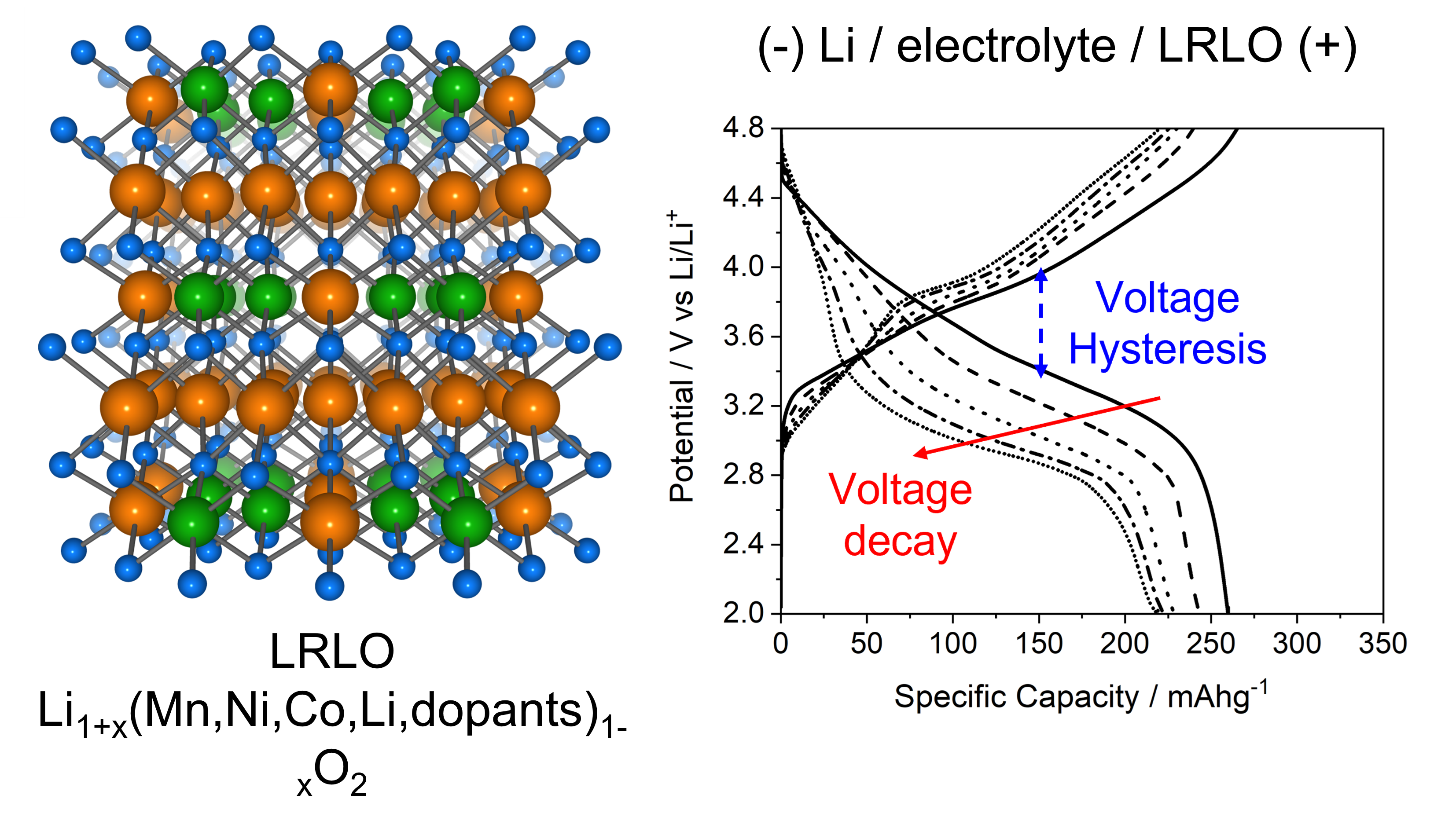Lithium rich layered oxides (LRLO) are a wide class of innovative active materials for positive electrodes in lithium-ion (LIB) and lithium-metal secondary batteries (LMB). LRLOs are over-stoichiometric layered oxides rich in lithium and manganese, with general formula Li1+xTM1-xO2, where TM is a blend of transition metals comprising Mn (main constituent), Ni, Co, Fe and others. Due to the very variable composition and the extended defectivity their structural identity is still debated among researchers being likely an unresolved hybrid between a monoclinic (mC24) and a hexagonal lattice (hR12). Once casted in composite positive electrode films and assembled in LIBs or LMBs, LRLOs can delivery reversible specific capacities above 220-240 mAhg-1, thus beyond any other available intercalation cathode material for LIBs, with mean working potential above 3.3-3.4 V vs Li for hundreds of cycles in liquid aprotic commercial electrodes. In this review we critically outline the recent advancements in the fundamental understanding of the physico-chemical properties of LRLO as well as the most exciting innovations in their battery performance. We focus in particular on the elusive structural identity of these phases, on the complexity of the reaction mechanism in batteries as well as on practical strategies to minimize or remove cobalt from the lattice while preserving the outstanding performance upon cycling.

